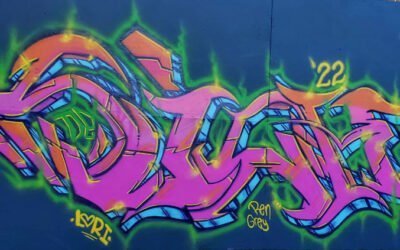Kehinde Wiley is a contemporary artist whose work has been widely celebrated for its provocative and striking approach to portraiture. When I first saw his show in Los Angeles, it was a revelation that changed the way I thought about art and its role in society. I was working at an art gallery in Southern California, and my colleagues and I were on a trip to pick up art for an upcoming show.
As we walked through the gallery, I was immediately struck by the sheer scale of Wiley’s portraits. They were larger than life, exquisitely detailed, and impossible to ignore. Each piece was a powerful and arresting depiction of a black person, often with elaborate backgrounds and regal poses.
What stood out to me the most was the way that Wiley subverted the traditional power dynamics of portraiture. Historically, portraits were commissioned by the wealthy and powerful to document their status and wealth. However, Wiley’s portraits featured ordinary people, often from marginalized communities, elevated to the status of nobility. This was a powerful statement about the role of art in society, and its ability to challenge dominant narratives and highlight the experiences of those who have been historically excluded.
Wiley’s work also challenged my perceptions of what constitutes “art.” Prior to seeing his show, I had a narrow definition of art that was limited to traditional mediums and techniques. However, Wiley’s work incorporated elements of street art, graffiti, and hip-hop culture, which expanded my understanding of what art can be.
Another aspect of Wiley’s work that struck me was his use of color. His portraits were often composed of vivid, bold hues that added to the overall impact of the piece. As a designer, I learned from Wiley’s use of color and how it can be used to create an emotional response in the viewer.
In conclusion, Kehinde Wiley’s show in Los Angeles was a transformative experience that changed the way I thought about art and its potential impact on society. His work challenged traditional power dynamics, expanded my understanding of what constitutes “art,” and demonstrated the power of color and composition. I left the show with a renewed appreciation for the importance of representation in art and a commitment to using art as a tool for social change.




0 Comments